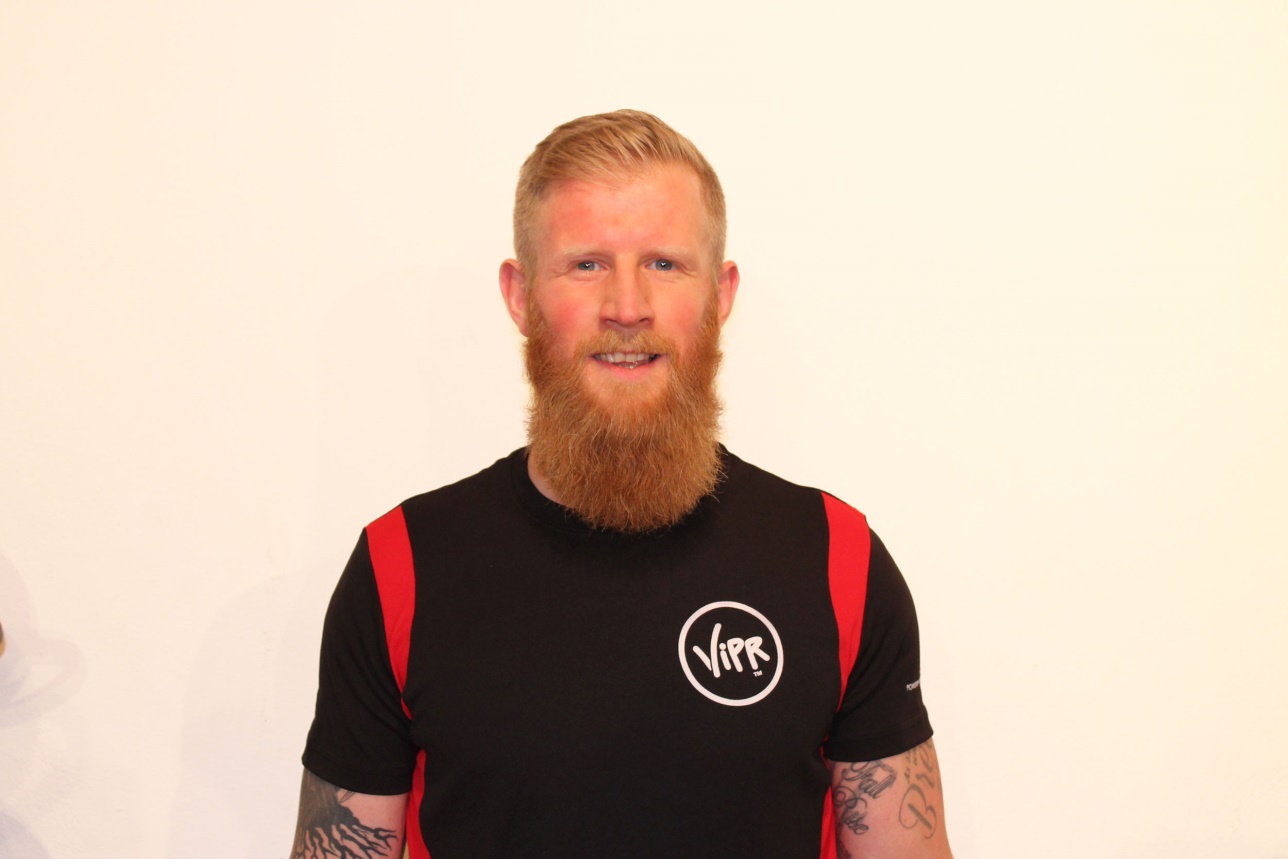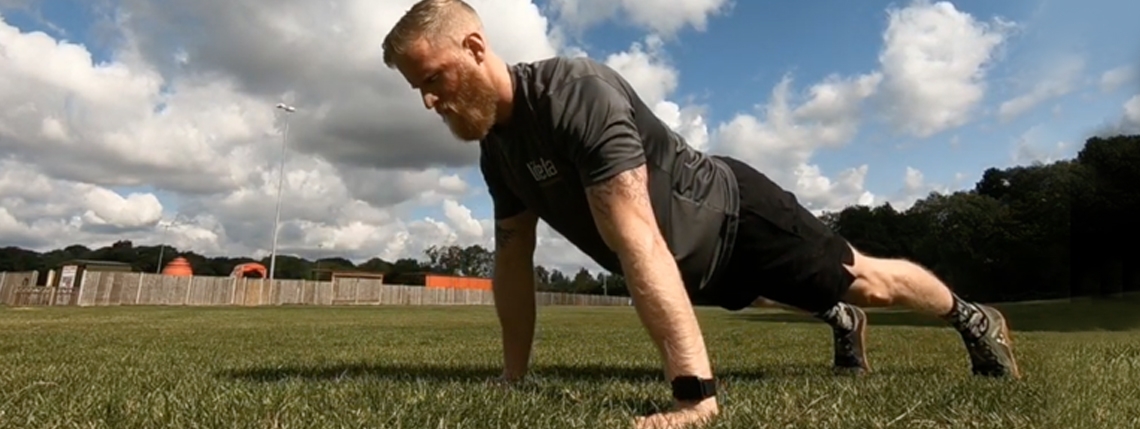Looking for training ideas in lockdown? Due to the current situation with Coronavirus, you have likely had to take your training online. But what happens if clients don’t have access to much equipment?
In our September-October 2019 magazine, we published a feature exploring the idea of the minimalist personal trainer. We reached out to three leading PTs to tell us about a piece of kit they can’t live without and to show how this one piece of equipment can be utilised to work a range of muscle groups.
In this blog, we hear from our first personal trainer, Aaron Barnett, on bodyweight training.
You can’t get more minimal than bodyweight, but doesn’t this significantly limit what you can achieve with a client?
Personal trainers can support, develop and drive clients towards success, with or without equipment. Bodyweight movements are a great place to begin your client journey. All it takes is a little creativity. A great place to start when expanding your movement library is the fundamental movement patterns or exercises – and then explore each in 3D! With bodyweight training, we have the ability to develop all energy systems, improve physique and structural ability, and create real change in the body.
How do you continue to progress clients without external load?
We have the ability to produce more demand on the body through exploiting the following:
• Speed tweaks: Faster movements will increase power and force through muscle, joints and fascia. Slower movements will increase time under tension and produce greater strength demand through a larger cross-section of muscle fibres.
• Range and leverage tweaks: Increasing and decreasing range of movement or leverages will elicit different adaptations that are dependent on the desired task or goal. Changes in range of movement or leverage can help an individual to increase their ‘buffer zone’ on specific desired movements and will often affect the degree to which muscle groups are loaded.
• Direction of movement: Life and sport are best lived in 3D. By exploring exercises in different directions, we can bulletproof the body, become fitter, healthier and stronger for whatever is thrown at us. Finding it hard to strengthen or tone a muscle or movement? Try attacking the exercise in another direction – it could be the key that unlocks next-level performance. The best part about bodyweight training is that your clients are able to replicate your programming in any location, any time, no excuses. We know that consistency achieves amazing, long-lasting results.
Without tools to entertain your client, how do you keep it engaging?
It can certainly feel like more of a challenge to keep training fresh and yet specific to their goals; however, here are a few tips I keep in mind when programming:
• Small tweaks: Small changes to each movement every two weeks leads to steady and successful progression, and a feeling of regularly working on ‘new’ exercises. By making small adjustments over a period of time, you’ll be able to drip-feed your library over a longer period of time.
• Teamwork makes a dream work: Create partner-orientated exercises where clients have to work with or against you. This is a sneaky way of producing external resistance and provides the personal touch to your personal training. Caution: this is not your workout, and all of the focus should remain on producing results for your clients, not having a cheeky workout at the same time.
• Gamification: Create formulas and challenges for clients to work against. Games and challenges are great for client motivation and performance tracking.
Can you realistically gain strength with just bodyweight?
Absolutely. Here is just one great way that I love to push the boundaries of strength with bodyweight training: time under tension (as adapted from Dr Doug McGuff’s, Body by Science). Perform each movement as slowly as possible. Try push-ups following these rules:
• Get into your desired start position.
• As slowly as possible, lower yourself to the desired depth.
• Immediately begin to drive back to the start position, again as slowly as possible – the slower the better.
• Work to time not reps: three reps at 30secs each rep is harder and greater than five reps at 15secs each (Dr McGuff suggests a set lasts between 60 and 120secs).
Author bio

Aaron Barnett is homegrown at FitPro. He has been a member of the FitPro family from the start in his role as national coach for ViPR Group Fitness and the MOSSA ViPR workout. Since then, Aaron has kept at the forefront of development by becoming national trainer manager for the FitPro trainer team and also ViPR education manager.
Aaron feels most alive when presenting and sharing his passion for performance coaching. As part of his commitment to remaining at the forefront of functional training, he is proud to have recently completed the Gray Institute GIFT programme, becoming a Fellow of Applied Functional Science.







